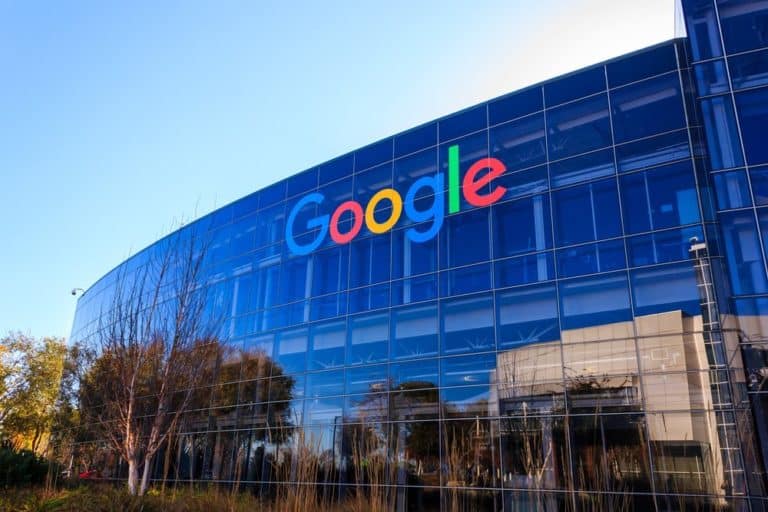Google has completed its work on the 10,000 kilometre submarine cable between its US headquarters and Chile. The cable is called Curie, after the Nobel Prize winner Marie Curie. The cable runs between Los Angeles and the port of Valparaiso in Chile.
Curie is the first new submarine connection between the United States and Chile in twenty years. When construction began, Google said it was also the first fully private submarine Internet line to be built by a company outside the telecommunications sector, know Silicon Angle.
The advantage is that Google does not have to share the cable with other Internet companies. This allows the company to adapt the cable to its own technical requirements, giving it better control over how traffic is routed. However, the cable has a considerable price tag. Vice President of Engineering Ben Taylor said last year that the company spent over a billion dollars on these and two other submarine cables.
The other two cables should connect the United States to Denmark and Hong Kong to Guam.
Equinix
Earlier this year, Equinix was asked to build the Cable Landings Station (CLS) for the sea cable in Los Angeles. The cable lands in that company’s data center in El Segundo, California. Google chose this company because of the extensive experience it has with the installation and management of landing stations for sea cables. For example, Equinix is already involved in 25 other marine cable projects.
This means that, unlike other sea cables, the Curie cable does not end at the landing station where it arrives. The cable will instead end in the Equinex LA4 International Business Exchange data centre. This offers various possibilities for direct connections, as the location is a popular hub for many companies.
This news article was automatically translated from Dutch to give Techzine.eu a head start. All news articles after September 1, 2019 are written in native English and NOT translated. All our background stories are written in native English as well. For more information read our launch article.